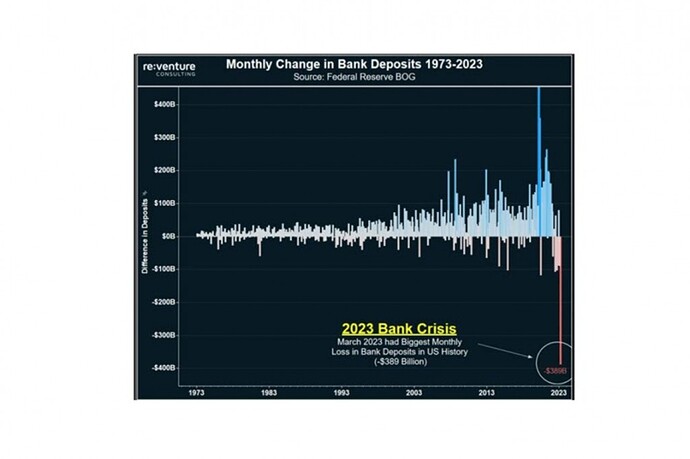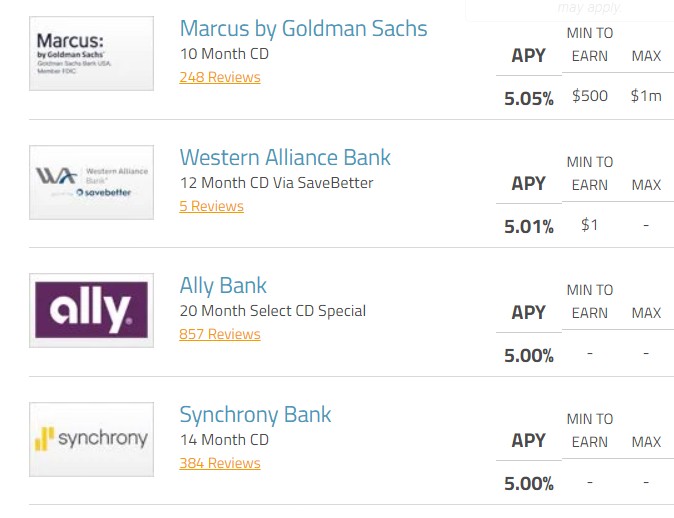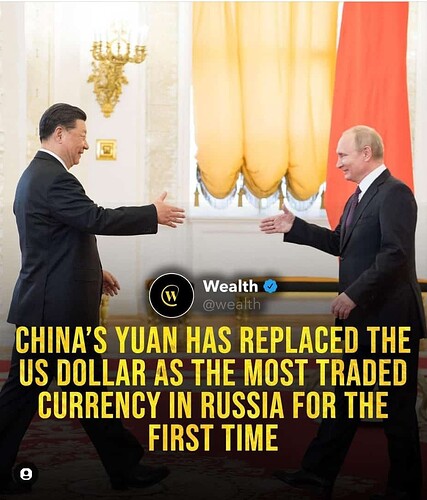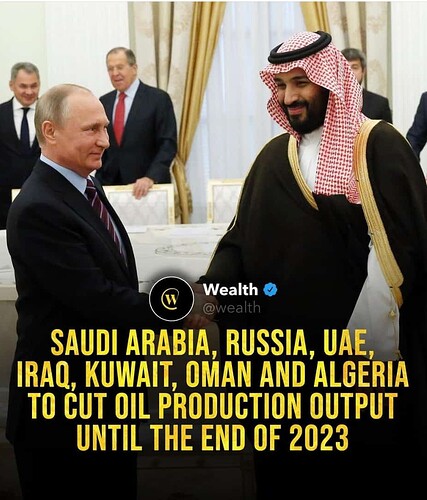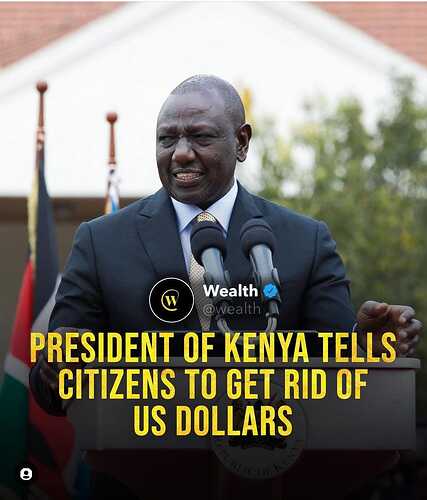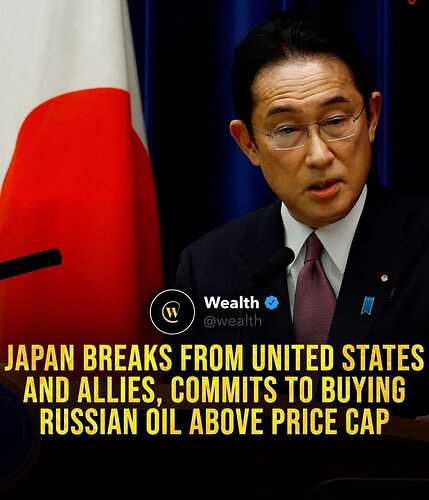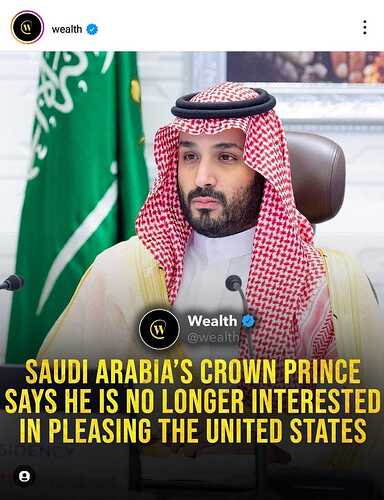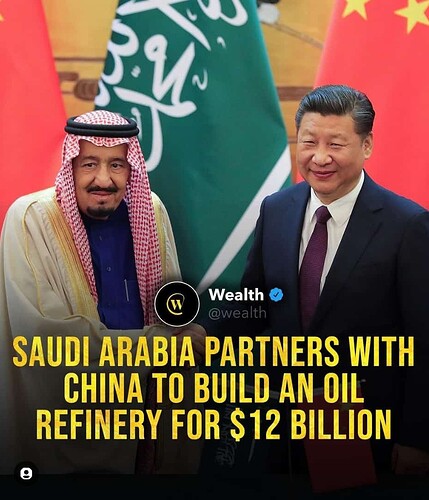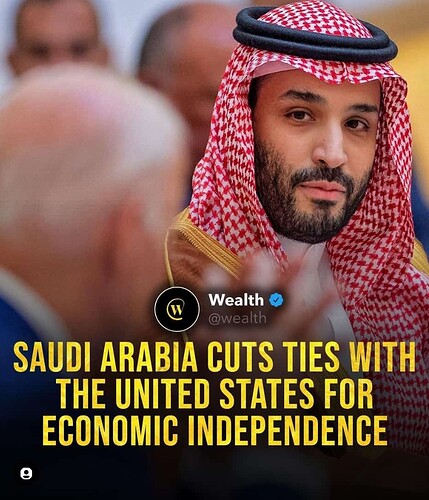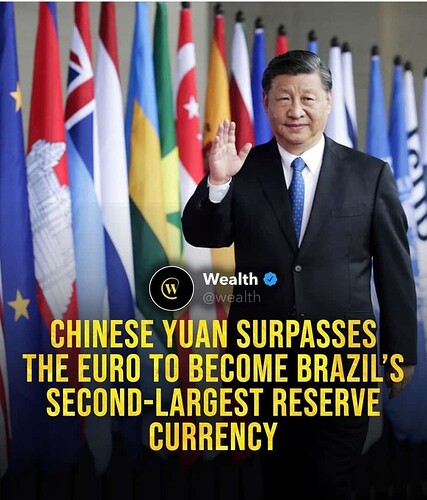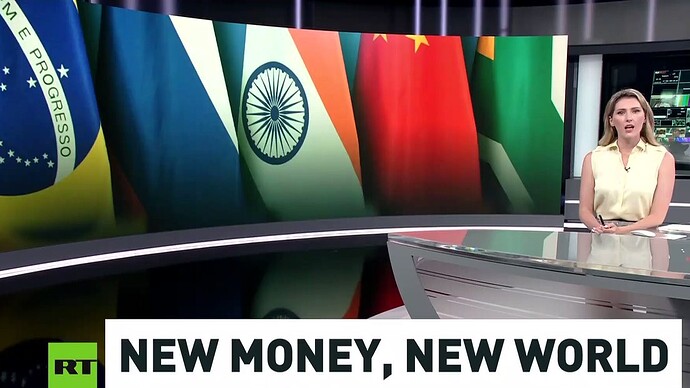Escobar: De-Dollarization Kicks Into High Gear
by Tyler Durden
Friday, Apr 28, 2023 - 10:40 PM
Authored by Pepe Escobar via The Cradle,
The US dollar is essential to US global power projection. But in 2022, the dollar share of reserve currencies slid 10 times faster than the average in the past two decades...

It is now established that the US dollar’s status as a global reserve currency is eroding. When corporate western media begins to attack the multipolar world’s de-dollarization narrative in earnest, you know the panic in Washington has fully set in.
The numbers: the dollar share of global reserves was 73 percent in 2001, 55 percent in 2021, and 47 percent in 2022. The key takeaway is that last year, the dollar share slid 10 times faster than the average in the past two decades.
Now it is no longer far-fetched to project a global dollar share of only 30 percent by the end of 2024, coinciding with the next US presidential election.
The defining moment – the actual trigger leading to the Fall of the Hegemon – was in February 2022, when over $300 billion in Russian foreign reserves were “frozen” by the collective west, and every other country on the planet began fearing for their own dollar stores abroad. There was some comic relief in this absurd move, though: the EU “can’t find” most of it.
Now cue to some current essential developments on the trading front.
Over 70 percent of trade deals between Russia and China now use either the ruble or the yuan, according to Russian Finance Minister Anton Siluanov.
Russia and India are trading oil in rupees. Less than four weeks ago, Banco Bocom BBM became the first Latin American bank to sign up as a direct participant of the Cross-Border Interbank Payment System (CIPS), which is the Chinese alternative to the western-led financial messaging system, SWIFT.
China’s CNOOC and France’s Total signed their first LNG trade in yuan via the Shanghai Petroleum and Natural Gas Exchange.
The deal between Russia and Bangladesh for the construction of the Rooppur nuclear plant will also bypass the US dollar. The first $300 million payment will be in yuan, but Russia will try to switch the next ones to rubles.
Russia and Bolivia’s bilateral trade now accepts settlements in Boliviano. That’s extremely pertinent, considering Rosatom’s drive to be a crucial part of the development of lithium deposits in Bolivia.
Notably, many of those trades involve BRICS countries – and beyond. At least 19 nations have already requested to join BRICS+, the extended version of the 21st century’s major multipolar institution, whose founding members are Brazil, Russia, India, and China, then South Africa. The foreign ministers of the original five will start discussing the modalities of accession for new members in an upcoming June summit in Capetown.
BRICS, as it stands, is already more relevant to the global economy than the G7. The latest IMF figures reveal that the existing five BRICS nations will contribute 32.1 percent to global growth, compared to the G7’s 29.9 percent.
With Iran, Saudi Arabia, UAE, Turkey, Indonesia, and Mexico as possible new members, it is clear that key Global South players are starting to focus on the quintessential multilateral institution capable of smashing Western hegemony.
Russian President Vladimir Putin and Saudi Crown Prince Mohammad bin Salman (MbS) are working in total sync as Moscow’s partnership with Riyadh in OPEC+ metastasizes into BRICS+, in parallel to the deepening Russia-Iran strategic partnership.
MbS has willfully steered Saudi Arabia toward Eurasia’s new power trio Russia-Iran-China (RIC), away from the US. The new game in West Asia is the incoming BRIICSS – featuring, remarkably, both Iran and Saudi Arabia, whose historic reconciliation was brokered by yet another BRICS heavyweight, China.
Importantly, the evolving Iran-Saudi rapprochement also implies a much closer relationship between the Gulf Cooperation Council (GCC) as a whole and the Russia-China strategic partnership.
This will translate into complementary roles – in terms of trade connectivity and payment systems – for the International North-South Transportation Corridor (INSTC), linking Russia-Iran-India, and the China-Central-Asia-West Asia Economic Corridor, a key plank of Beijing’s ambitious, multi-trillion-dollar Belt and Road Initiative (BRI).
Today, only Brazil, with its President Luiz Inácio Lula Da Silva caged by the Americans and an erratic foreign policy, runs the risk of being relegated by the BRICS to the status of a secondary player.
Beyond BRIICSS
The de-dollarization train has been propelled to high-speed status by the accumulated effects of Covid-linked supply chain chaos and collective western sanctions on Russia.
The essential point is this: The BRICS have the commodities, and the G7 controls finance. The latter can’t grow commodities, but the former can create currencies – especially when their value is linked to tangibles like gold, oil, minerals, and other natural resources.
Arguably the key swing factor is that pricing for oil and gold is already shifting to Russia, China, and West Asia.
In consequence, demand for dollar-denominated bonds is slowly but surely collapsing. Trillions of US dollars will inevitably start to go back home – shattering the dollar’s purchasing power and its exchange rate.
The fall of a weaponized currency will end up smashing the whole logic behind the US’ global network of 800+ military bases and their operating budgets.
Since mid-March, in Moscow, during the Economic Forum of the Commonwealth of Independent States (CSI) – one of the key inter-government organizations in Eurasia formed after the fall of the USSR – further integration is being actively discussed between the CSI, the Eurasia Economic Union (EAEU), the Shanghai Cooperation Organization (SCO) and the BRICS.
Eurasian organizations coordinating the counterpunch to the current western-led system, which tramples on international law, was not by accident one of the key themes of Russian Foreign Minister Sergey Lavrov’s speech at the UN earlier this week. It is also no accident that four member-states of the CIS – Russia and three Central Asian “stans” – founded the SCO along with China in June 2001.
The Davos/Great Reset globalist combo, for all practical purposes, declared war on oil immediately after the start of Russia’s Special Military Operation (SMO) in Ukraine. They threatened OPEC+ to isolate Russia – or else, but failed humiliatingly. OPEC+, effectively run by Moscow-Riyadh, now rules the global oil market.
Western elites are in a panic. Especially after Lula’s bombshell on Chinese soil during his visit with Xi Jinping, when he called on the whole Global South to replace the US dollar with their own currencies in international trade.
Christine Lagarde, president of the European Central Bank (ECB), recently told the New York-based Council of Foreign Relations – the heart of the US establishment matrix – that “geopolitical tensions between the US and China could raise inflation by 5 percent and threaten the dominance of the dollar and euro.”
The monolithic spin across western mainstream media is that BRICS economies trading normally with Russia “creates new problems for the rest of the world.” That’s utter nonsense: it only creates problems for the dollar and the euro.
The collective west is reaching Desperation Row – now timed with the astonishing announcement of a Biden-Harris US presidential ticket running again in 2024. This means that the US administration’s neo-con handlers will double down on their plan to unleash an industrial war against both Russia and China by 2025.
The petroyuan cometh
And that brings us back to de-dollarization and what will replace the hegemonic reserve currency of the world. Today, the GCC represents more than 25 percent of global oil exports (Saudi Arabia stands at 17 percent). More than 25 percent of China’s oil imports come from Riyadh. And China, predictably, is the GCC’s top trading partner.
The Shanghai Petroleum and Natural Gas Exchange went into business in March 2018. Any oil producer, from anywhere, can sell in Shanghai in yuan today. This means that the balance of power in the oil markets is already shifting from the US dollar to the yuan.
The catch is that most oil producers prefer not to keep large stashes of yuan; after all, everyone is still used to the petrodollar. Cue to Beijing linking crude futures in Shanghai to converting yuan into gold. And all that without touching China’s massive gold reserves.
This simple process happens via gold exchanges set up in Shanghai and Hong Kong. And not by accident, it lies at the heart of a new currency to bypass the dollar being discussed by the EAEU.
Dumping the dollar already has a mechanism: making full use of the Shanghai Energy Exchange’s future oil contracts in yuan. That’s the preferred path for the end of the petrodollar.
US global power projection is fundamentally based on controlling the global currency. Economic control underlies the Pentagon’s ‘Full Spectrum Dominance’ doctrine. Yet now, even military projection is in shambles, with Russia maintaining an unreachable advance on hypersonic missiles and Russia-China-Iran able to deploy an array of carrier-killers.
The Hegemon – clinging to a toxic cocktail of neoliberalism, sanction dementia, and widespread threats – is bleeding from within. De-dollarization is an inevitable response to system collapse. In a Sun Tzu 2.0 environment, it is no wonder the Russia-China strategic partnership exhibits no intention of interrupting the enemy when he is so busy defeating himself.



